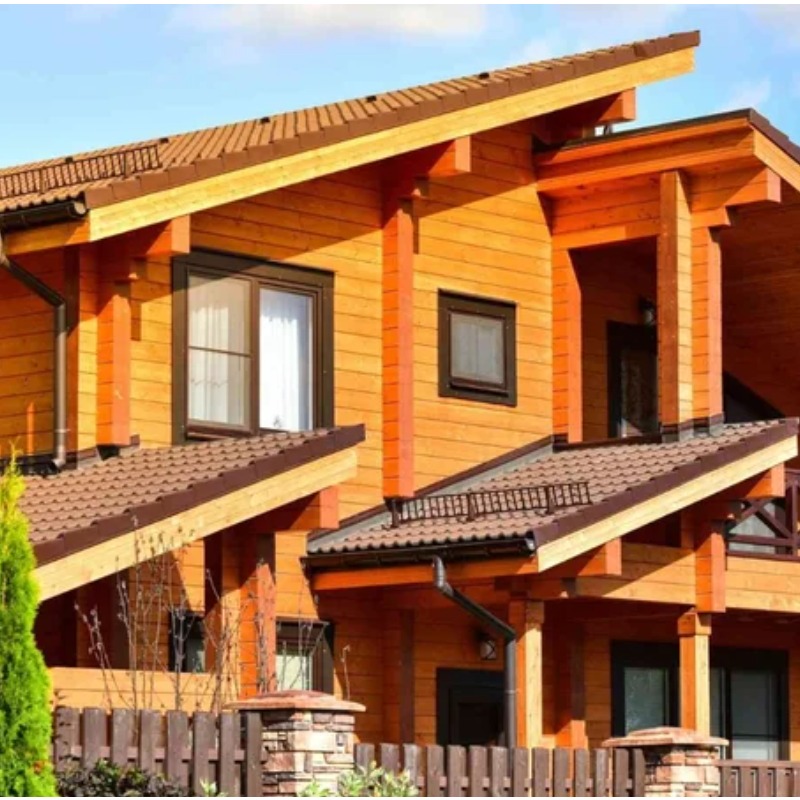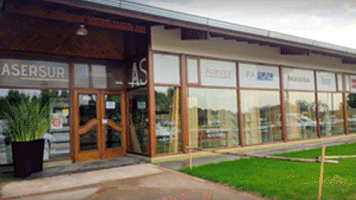
Why are houses in the United States?
In several regions of the United States, houses are still made of wood. I discovered what is the true reason why this is still so.
In the United States, it is common for most homes, especially in suburban and rural areas, are mainly built with wood. This type of construction can be curious for people from other countries where materials such as brick or concrete are used. However, this choice is not accidental and responds to several historical, economic and practical factors. Next, we explore the reasons behind this preference. A of the main reasons why houses in the United States are wood is the abundance of forests in the country. From the first settlements, European settlers found vast areas covered with trees, which provided them with an easy -to -obtain and processing natural resource in the nineteenth century, during the expansion to the west, the construction of wooden homes became the most practical and economic option. The wood was available locally and did not require advanced technologies for processing, unlike other materials such as brick or stone. Economy and speed in construction: the desire to reduce costs construct with wood is generally more economical than using materials such as concrete or brick. Wood is lighter, which facilitates transport and reduces associated costs. In addition, it allows a faster construction, something fundamental in a country where population growth and house demand have always been high. In the United States, techniques such as frame and Platform Frame are widely used, which allow you to quickly assemble wood structures. This significantly reduces construction time, resulting in lower job costs. Flexibility and resistance to natural disasters In areas prone to earthquakes, such as California, wood structures are more flexible and capable of absorbing vibrations, which reduces the risk of collapse. which helps maintain the interior temperature of the most stable house. This contributes to energy efficiency and savings in heating and cooling costs. In addition, with sustainable forest management, wood can be a renewable resource, reducing the environmental impact. Will this model shock in the future? Despite the advantages, some experts point out that climate change and shortage of certain types of wood could lead to greater use of alternative materials in the future. However, for now, wood remains the preferred material for housing construction in the United States, thanks to its accessibility, economy and adaptability.
IT MAY INTEREST YOU
 The DNA of forests: they discover what makes a tree resist drought
The DNA of forests: they discover what makes a tree resist drought
An international team, with the participation of INTA and Conicet, discovered that genetics can be decisive for trees to better resist droughts
 Combilift Unveils the 2025 Christmas video “Twelve Days of Christmas” – with a Twist!
Combilift Unveils the 2025 Christmas video “Twelve Days of Christmas” – with a Twist!
Monaghan, Ireland – November 2025
 The city in South America that breathes thanks to a thousand olive trees planted in the 17th century
The city in South America that breathes thanks to a thousand olive trees planted in the 17th century
In the heart of South America there is a city that, among the noise and concrete, still breathes thanks to an olive forest





















